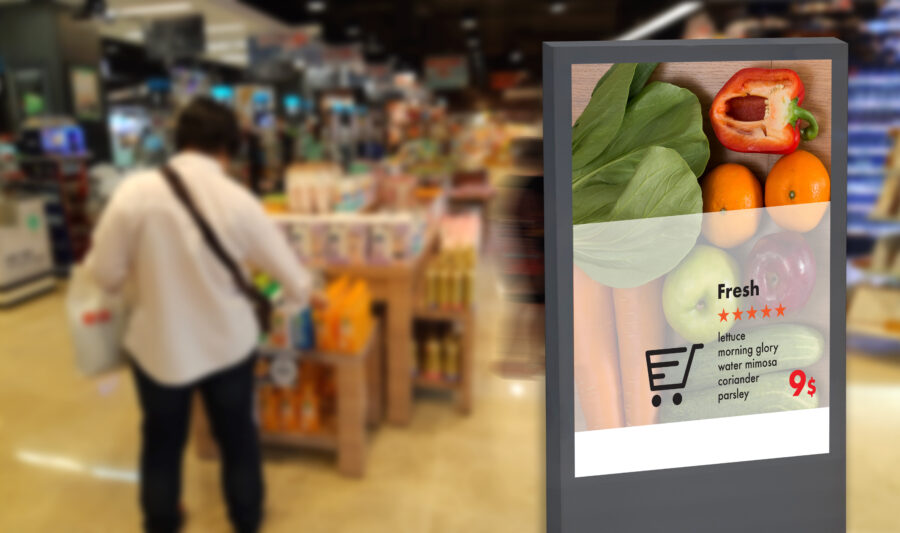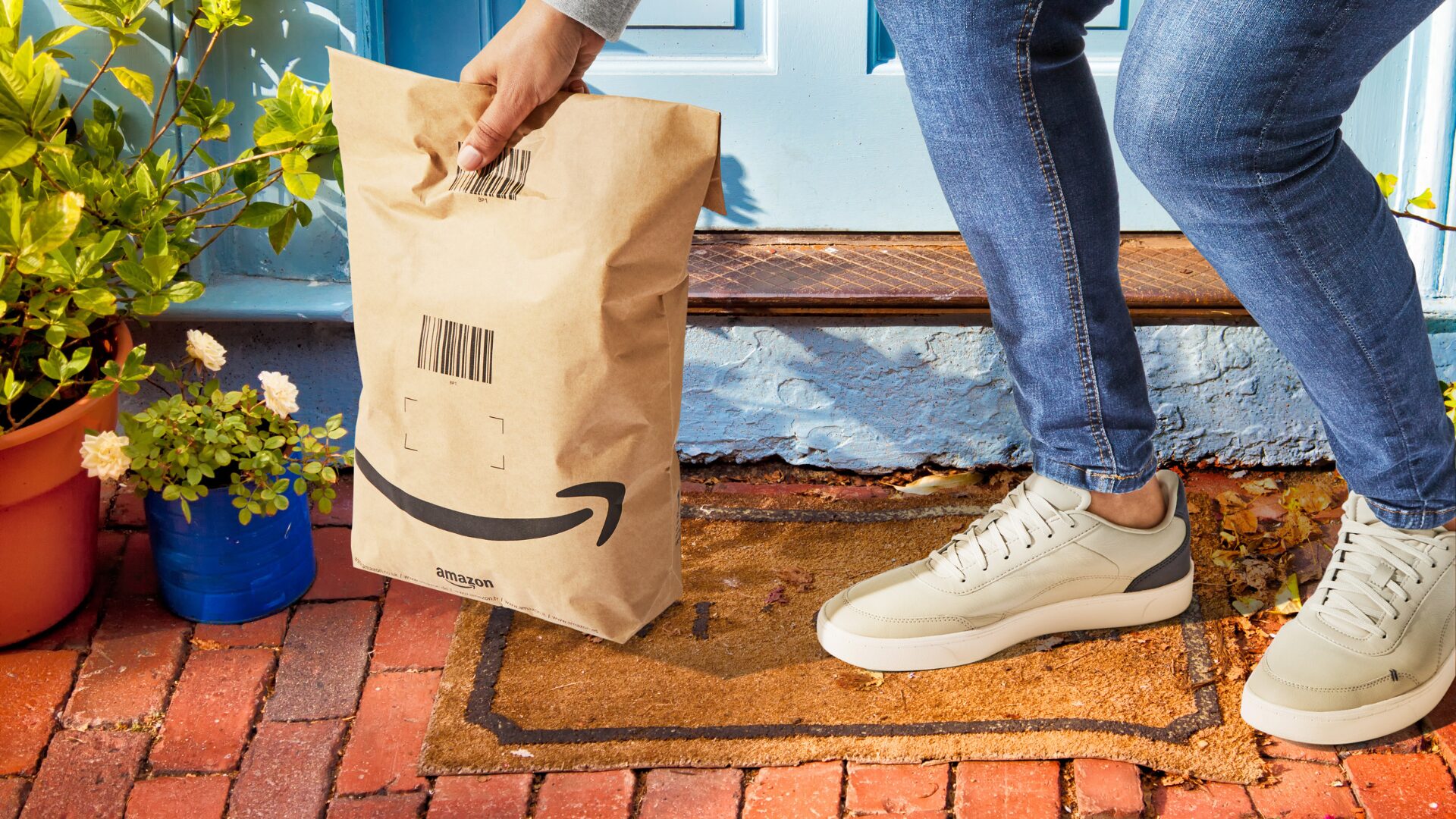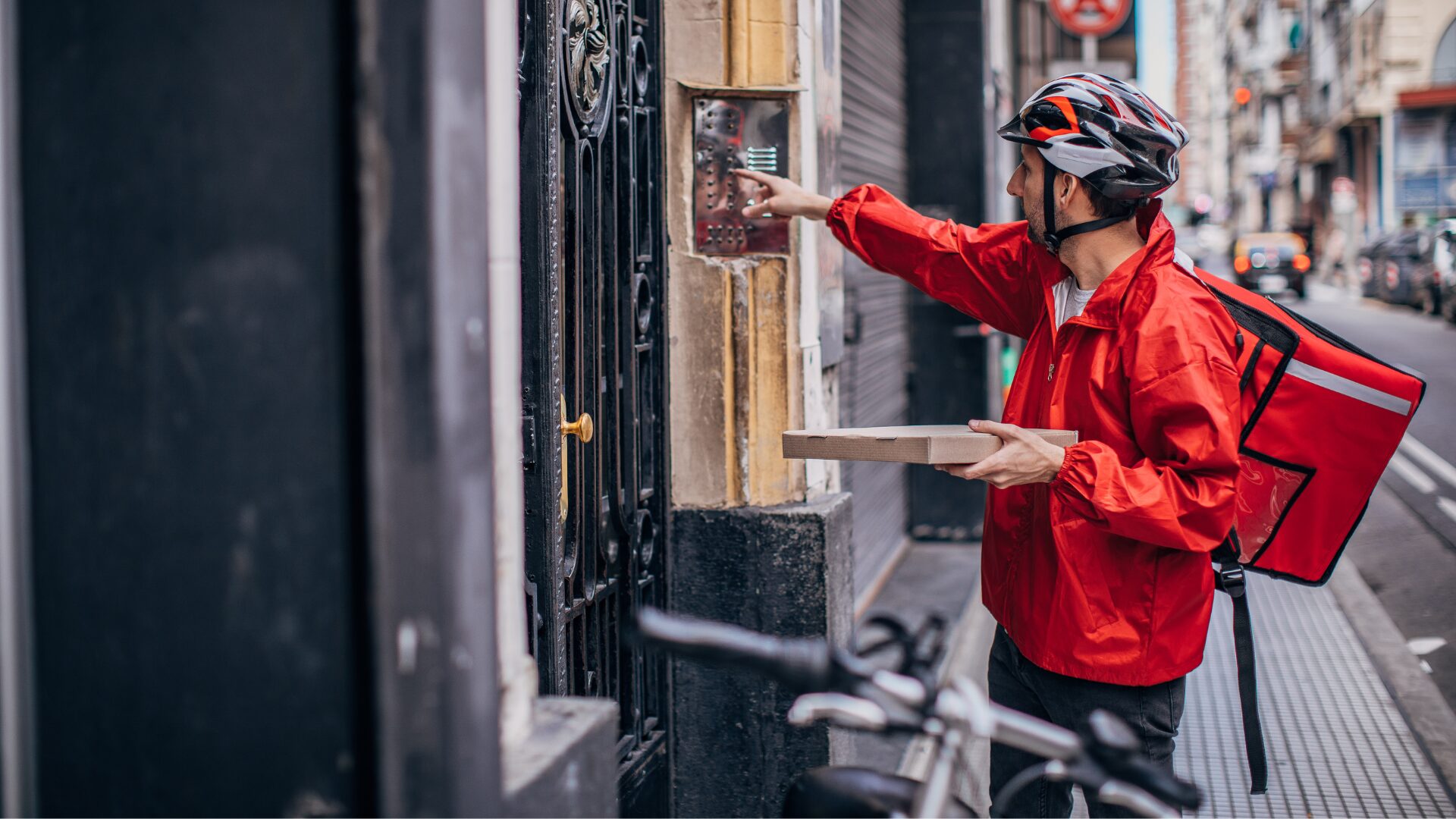In-store retailing has remained the largest channel by far even after two decades of growing digital shopping, but the brick-and-mortar experience still needs to evolve to keep up with new expectations.
The majority of today’s shoppers are used to engaging with grocers and other retailers on their websites to some extent, and merchants need to offer an in-store experience that’s just as compelling and informative as a visit to their website.
“I think it’s a reaction of retailers recognizing that 80% to 90% of their shoppers still actually come to the stores and buy things and that the old paper sign printing material is not dynamic enough, it’s not flexible enough and it doesn’t have that real time-nature that the shopper is now used to,” said Paul Brenner, chief strategy officer at Vibenomics.
“That’s what I’ve seen. ‘Hey, it’s automated and engaging on my phone. Why would I want to walk into a stale environment? I want something that’s equally as dynamic and engaging.'”
IMPROVING THE IN-STORE EXPERIENCE
Brenner highlighted enhancing native in-store experiences as one of the key elements that can be improved. For instance, traditional signage can become electronic displays or smart screens, capable of showcasing anything from major sales to relevant recipes.
From there, it becomes a matter of working with advertising partners to put that technology to use.
“I think the role of the retailer is automation and replacing legacy points of interest in a store with digital engagement,” said Brenner. “All the retailer can really do is enable it. After that, it comes down to what the advertiser wants to do with it.
“The engagement on my phone is about products that I might be interested in. The advertiser is the one who decides they’ve been doing all these things online (and wants) to push those into the store to continue that journey with the shopper,” he added.
Grocers also can partner with third parties to enable experiences that might be too expensive to warrant the inhouse investment. Brenner highlighted Freeosk, a company that provides automated free sample machines, as one option. The service lets shoppers use an app to scan their kiosks for free samples, then ties back sales to shoppers who made a purchase to help retailers track what’s resonating with their customers.
THE VALUE OF EXPERIENTIAL OFFERINGS
These in-store experiences tie into retail media opportunities, enabling further revenue from partnerships with manufacturers. Brenner noted that companies need to look at their experiential offerings and potentially rethink how they’re organized within the business in order to maximize their potential.
“The first thing that a retailer has to do, particularly a grocer, is think about where the solution lives within their organization,” said Brenner. “I think what has historically happened is in-store printing has been a merchandise or operational function. But what we’re talking about are really retail media-driven things. Where’s the ROI come from? Where’s the investment capital come from?
“The ones I’m seeing making the move the fastest have made this investment and have made this decision to start pushing in store over into the retail media side.”












